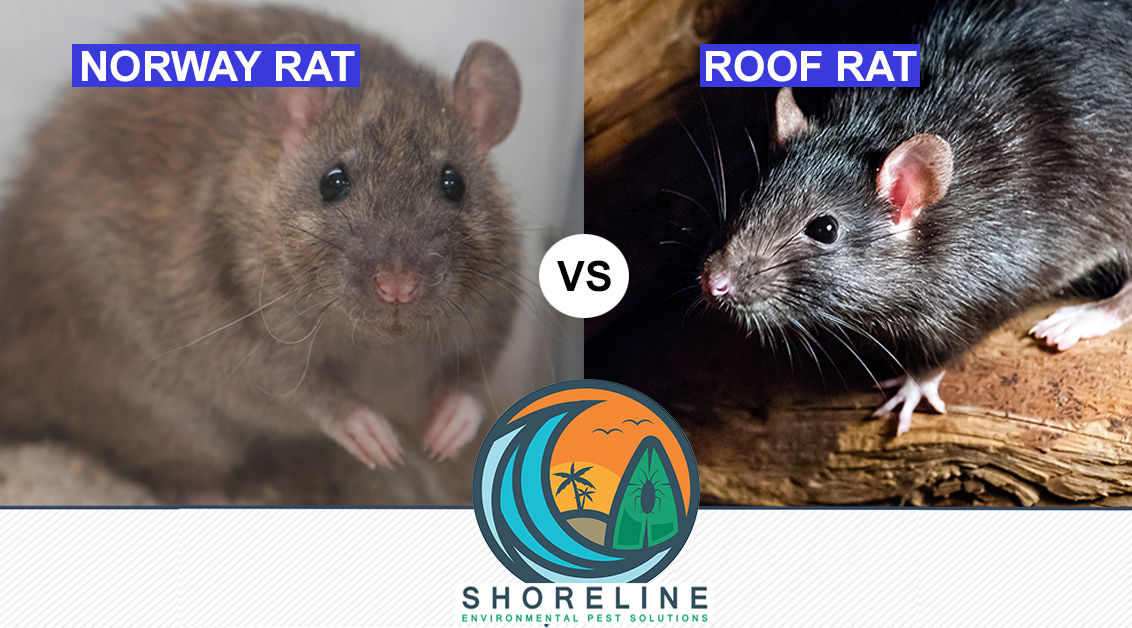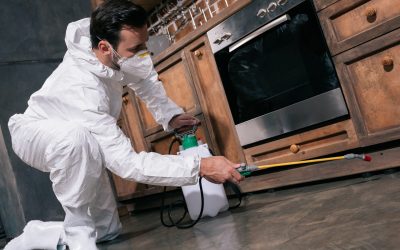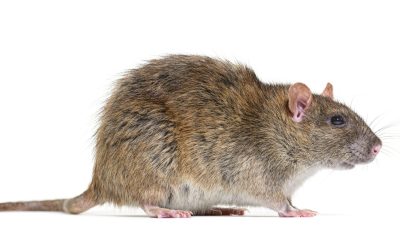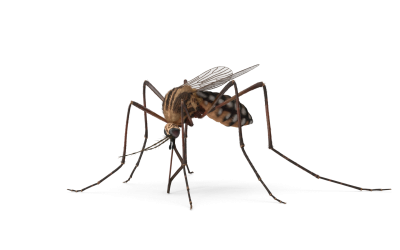Roof rats and Norway rats are two types of rats commonly live in and around homes. Roof rats are smaller and have black fur, while Norway rats are bigger and have reddish-brown fur. Despite their similar appearances, there are some critical differences between them that you should know if you’re concerned about them living in or around your home. Here’s a quick overview of what you need to know about roof rats and Norway rats.
How can you tell a roof rat from a norway rat?
You can differentiate a Norway rat from a roof rat by behavioral and physical characteristics. Norway rats are usually found in the basement and floors of the building compared to roof rats, which are excellent climbers. The rats that you typically see in attics or ceilings are roof rats.
Looking eye to eye: Roof rats are smaller. Norway rats can generally be judged by their overall size alone – they’re bigger, thicker-bodied, and have larger skulls when compared with the roof rat. The tail of the Norway rats is usually shorter than their body, unlike the tail of a roof rat.
Nesting norway rats Vs. roof rats
Norway rats generally nest in dryer vents, wall voids of basements, or underneath the eaves. They often find new nesting areas when old hiding spaces get washed out by heavy rain and snowmelt flooding during warm weather conditions.
Roof rats usually nest in water pipes, electrical conduits, and hollow tree stumps. They can even use old shingles on roofs or get into attic spaces through openings around chimneys which they call “rat ladders,” by dropping down from the ceiling to the bottom of houses with ease because of their excellent climbing ability.
These tunnels are accessible for these little critters to build when there is a lot of debris left behind from fallen leaves and branches. However, roof rats can also access houses through openings in the wood fascia boards or behind windows shutters open during warm weather conditions (especially when it doesn’t snow).
Climate preferences
Roof rats prefer to live in warm, humid areas and are more commonly found around the high-population regions of the Eastern United States. Roof rats have been found in all fifty states within the continental United States, and throughout New England, Mid-Atlantic states, and Southeast as far south as Florida and Texas.
The Norway rat prefers a mild climate. They can endure very low temperatures for long periods without harming themselves but may die if exposed to freezing conditions over two weeks.
Dietary preferences
Roof rats are omnivores in the wild and eat fruits, vegetables, and seeds that can easily be found on either crops or grow around homes. They also often snack on grains, proteins such as insects (insects make up most of their diet), and fleshy foods from other rodents they kill.
Norway rats eat food stored in warehouses, mills, and other areas where food is kept tightly sealed. They may slip into cereal boxes or other containers where food is stored regularly. Foods that Norway Rats commonly consume include butterscotch candies, peanut butter, and jelly sandwiches, raisins (through cracks or openings), and seeds from veggies/corn (milkweed plants).
How can I tell if I have a norway rat problem?
Norway rats will enter indoor spaces where they cannot find food. They’re difficult to see, their droppings are odorless, and their tunnels may be smaller than a dime coin till. Norway Rats are known to survive temperatures of -20 degrees in the winter; however, it is more likely that these predators require some heat during this period or a shelter to take refuge from frostbite when temperatures plummet. As a result, Norway Rats typically den under buildings or burrow between two parallel support beams of similar size.
If you feel the presence of rats under your basement or occasionally sight them in your kitchen, it might be Norway rats, but you need a professional pest control service to confirm the rodent breed.
How can I tell if I have a roof rat problem?
If you hear noise in your roof, ceiling, or attic, especially during nighttime, this could be the sign of a roof rat. They can entertain themselves by running along beams that support the ceiling; this serves as some exercise for these skinny creatures prone to obesity.
Look for gnaw marks within your house, especially on the roof and at access points. Finding nesting debris at higher places within your property can also indicate the presence of roof rat colonies.
Controlling rats in your home and business
Controlling rats should be a priority, but the process should ideally start with the identification of the breed that you are dealing with.
Rodent control can be difficult and costly. There are many rodent control methods, but none are 100% effective. Many methods can harm or kill other animals in your home, so choosing the best method for you is crucial. Failing to identify and remove the source of rodent infestation can pave the way to additional concerns.
Suppose rats are nesting under siding or other locations on your property, and they’re where people can touch them (like pet food). In that case, it is crucial to bait those places with rodent baits that are harmless to your pet or children, even if they accidentally get exposed to it.
Removing more oversized loose vent covers for roof access points is a good option. If they become too heavy (if the weight pushes them into place), you can repair or replace those damaged pieces with rat-proof EPDM solutions and sealant, depending on your needs.
If you sense a rat problem and can’t identify the source or breed, hiring a professional rodent removal service is ideal.





0 Comments